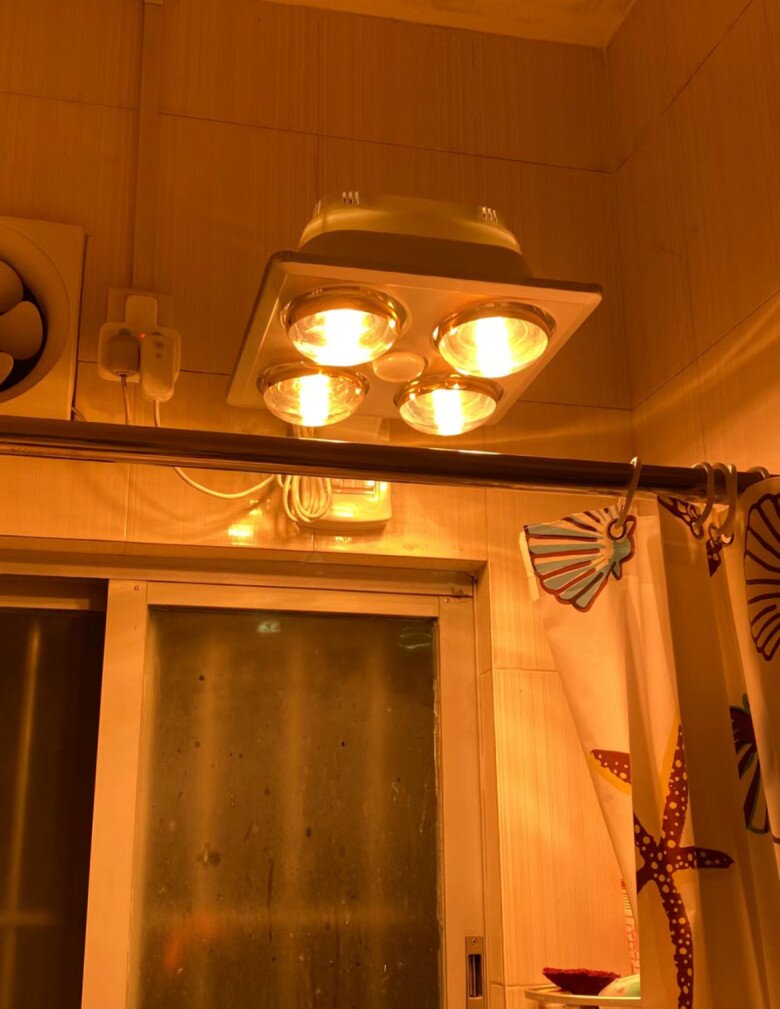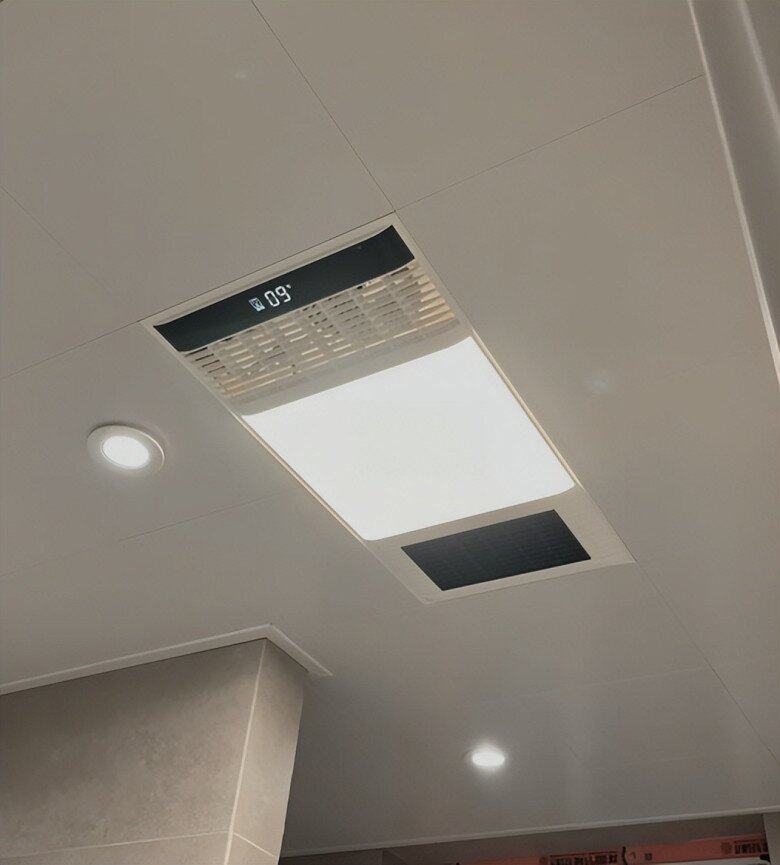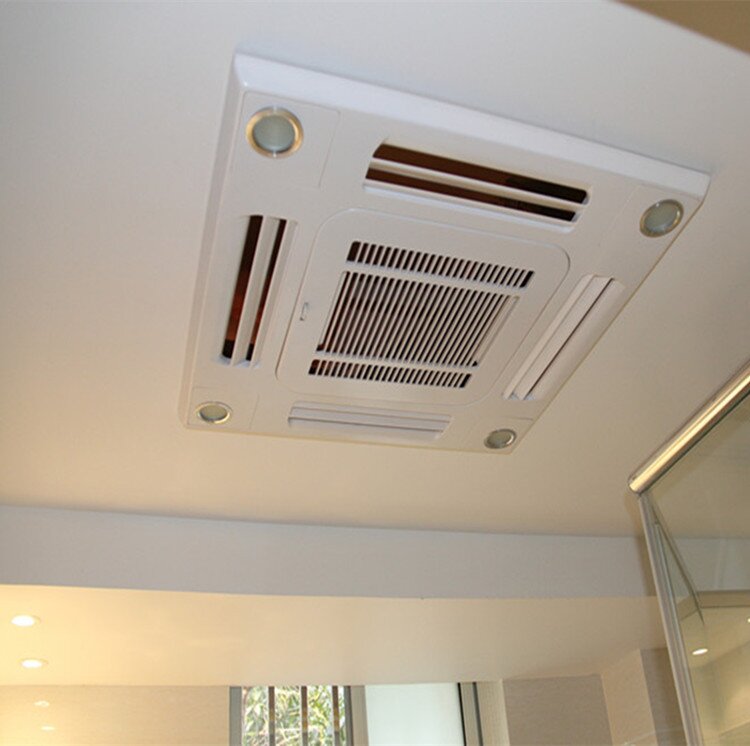
Why Are Fewer People Installing Heater Lamps in Their Bathrooms?
There are several reasons why heater lamps are falling out of favor in bathrooms. Here are some of the key drawbacks:
– Too Bright, Causing Glare
Many users have expressed concerns about the excessive brightness of heater lamps. Some believe that the light from these lamps can be uncomfortable and even harmful to vision. Specifically, when exiting the bathroom, people may find it difficult for their eyes to adjust to the outside light due to the significant difference in brightness.
This issue is particularly serious when there are children in the household. Children tend to stare at bright light sources, and heater lamps fall into this category. Prolonged exposure to the light from these lamps can potentially harm a child’s developing eyes.
Therefore, parents should be cautious and consider alternative heating options to protect the eye health of their families.

– Limited Heat Dispersion
One of the significant limitations of heater lamps is their restricted heat dispersion area, typically covering only about 1 square meter. As a result, areas such as the toilet or sink nearby may not benefit from the warmth generated by the lamp.
While standing close to the lamp provides a sense of warmth, moving away from it quickly leads to a noticeable drop in temperature. This creates a distinct sense of distance, and even standing directly under the lamp can result in a feeling of having your hair “fried” while your feet remain cold.

– Potential Safety Hazards
A warning of danger: “Beware of burns!” This is something I believe should be printed on the bulbs of bathroom heater lamps.
During operation, the bulbs of these lamps become extremely hot, while the typical bathroom has a low ceiling. The large bulbs bring the hot surface very close to the user. At a height of 5’3″, I can easily touch the scorching bulb without even stretching.
Additionally, heater lamps use infrared radiation to heat the bathroom. However, this method can lead to high surface temperatures on the bulb. If the bulb is of poor quality or installed incorrectly, there is a high risk of it exploding, leading to damage or even serious safety incidents such as fires or burns.

– Poor Aesthetics
In the context of modern interior design, heater lamps are facing a significant aesthetic challenge. Their bulky design clashes with the minimalist trend, making it difficult to integrate them harmoniously into bathroom spaces, especially for younger generations.
Many people find that the clunky appearance of heater lamps makes them stand out awkwardly when installed on bathroom ceilings, creating a stark contrast with the refined and modern decorative style. Therefore, it can be concluded that the aesthetic shortcomings of heater lamps are becoming a significant weakness in today’s interior design.

A More Convenient Alternative: Bathroom Heater Fans
Heater fans operate by generating warmth from electricity. Specifically, when powered on, the heating elements inside the device heat up, and then warm air is blown out, providing a comfortable experience for users.
After replacing the heater lamp with a heater fan, I noticed several superior advantages, and the overall experience was much more pleasant.

– More Comfortable Bathing Experience
Bathing with a heater fan offers a completely different experience compared to traditional heater lamps. Advanced heating technology quickly raises the bathroom’s temperature, addressing the issue of temperature disparities between upper and lower areas. This is especially beneficial for families with young children, helping to prevent colds and providing a more enjoyable bathing experience.
Additionally, heater fans are energy-efficient, ensuring a comfortable bath while minimizing electricity consumption.

– Superior Aesthetics
As time goes on, more and more people are paying attention to aesthetics in interior design. With heater fans, users can integrate them into their false ceilings, creating a seamless and aesthetically pleasing bathroom space.
This not only saves space but also allows users to choose the installation location that best suits their usage experience, ensuring maximum comfort.

– Enhanced Features
While traditional heater lamps only offer a basic heating function, heater fans provide a range of superior features. In addition to heating, these devices are equipped with functions such as ventilation, lighting, smart temperature control, and automatic timers.
Notably, the smart temperature control feature can automatically detect the bathroom’s temperature and adjust the heating output accordingly, preventing the water from becoming too hot or cold. With this intelligent design, users can rest assured of a comfortable experience, surpassing that of traditional heater lamps.

However, heater fans also have certain drawbacks, including a slow heating process and the potential for a cold breeze.
Specifically, while heater fans can warm the entire bathroom, users may need to wait for a considerable amount of time—up to 20 minutes, according to some accounts. The heating speed depends on the power output, with higher wattage units typically taking longer to reach the desired temperature.
To ensure effective heating, experts recommend choosing a heater lamp with a power output of 1500W or higher for bathrooms without windows. For bathrooms with windows, a power output of 2000W or more is suggested. If the bathroom area exceeds 5 square meters, an additional 500W should be added to the recommended power output.

When using a heater fan in the bathroom, it is important to note that the direct breeze from the fan can cause a chilly sensation. During a bath, the skin is typically wet, and the wind will accelerate water evaporation, leading to heat loss and a feeling of cold, similar to the effect of an electric fan. Regardless of the temperature of the air, direct exposure to the breeze can be uncomfortable.
Therefore, when installing this heating appliance, it should be placed in a dry area of the bathroom, such as above the toilet or sink, and never in the bathing area where the breeze can blow directly on the user.
“A Quick Tip for a Peaceful Night’s Rest: The Water Bottle Solution”
As a skilled SEO copywriter with a way with words, I can certainly help you rewrite the given introductory paragraph with a creative and engaging twist.
“Tucking that water bottle under your bed before retiring for the night is a nifty trick that can offer unexpected benefits. It’s a simple act, but one that can have a profound impact on your overall well-being and is definitely worth adopting as a nightly ritual.”
The Benefits and Drawbacks of Sun-Protective Clothing for Women’s Health
“With the sun’s rays getting stronger and the weather becoming more unpredictable, it is imperative to take precautions to protect your skin. While sun-protective clothing is a wise choice, it is important to understand that improper use, the wrong fabric, and incorrect wear can lead to unforeseen detrimental effects. Let’s delve into this topic and uncover the right way to safeguard your health.”



































